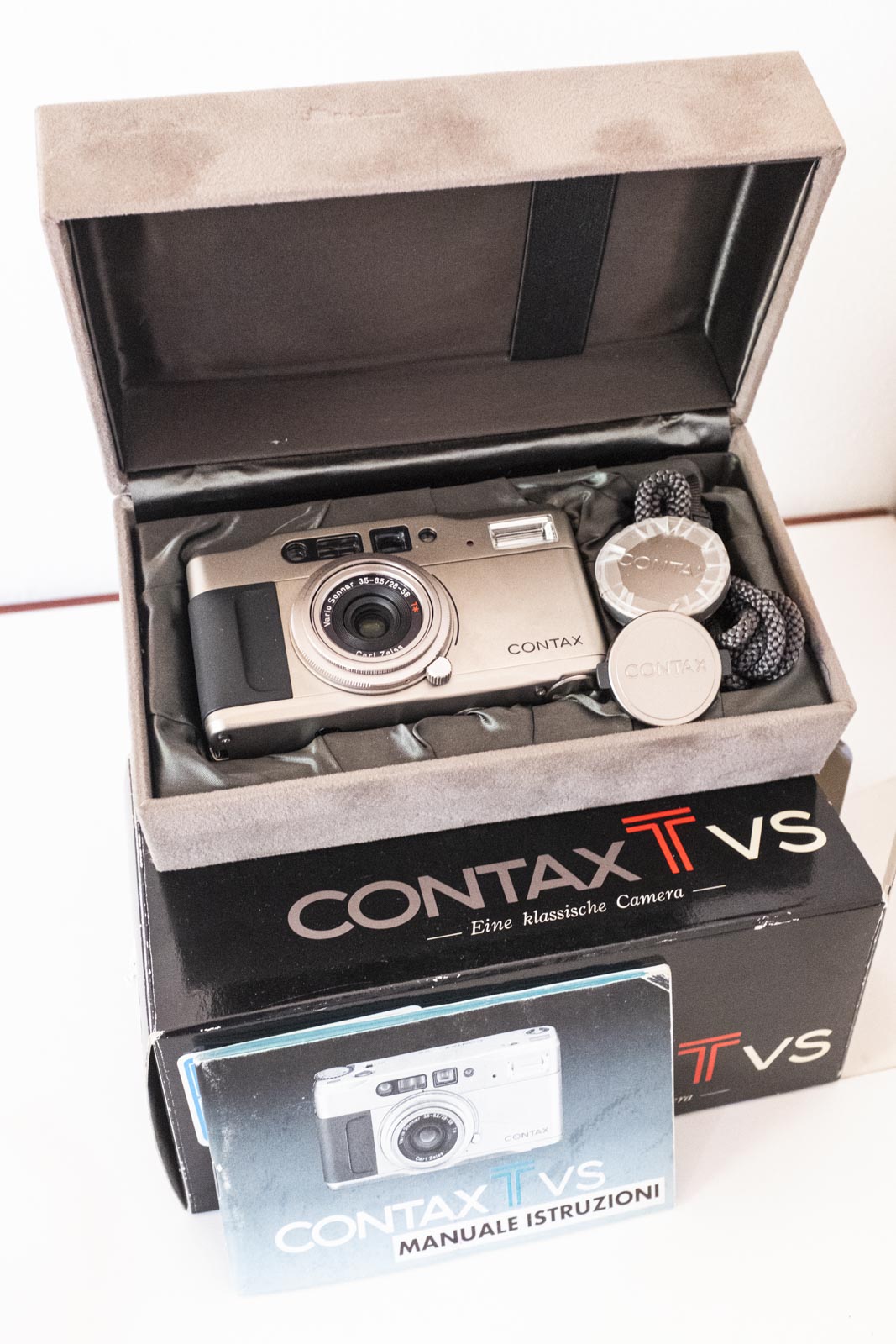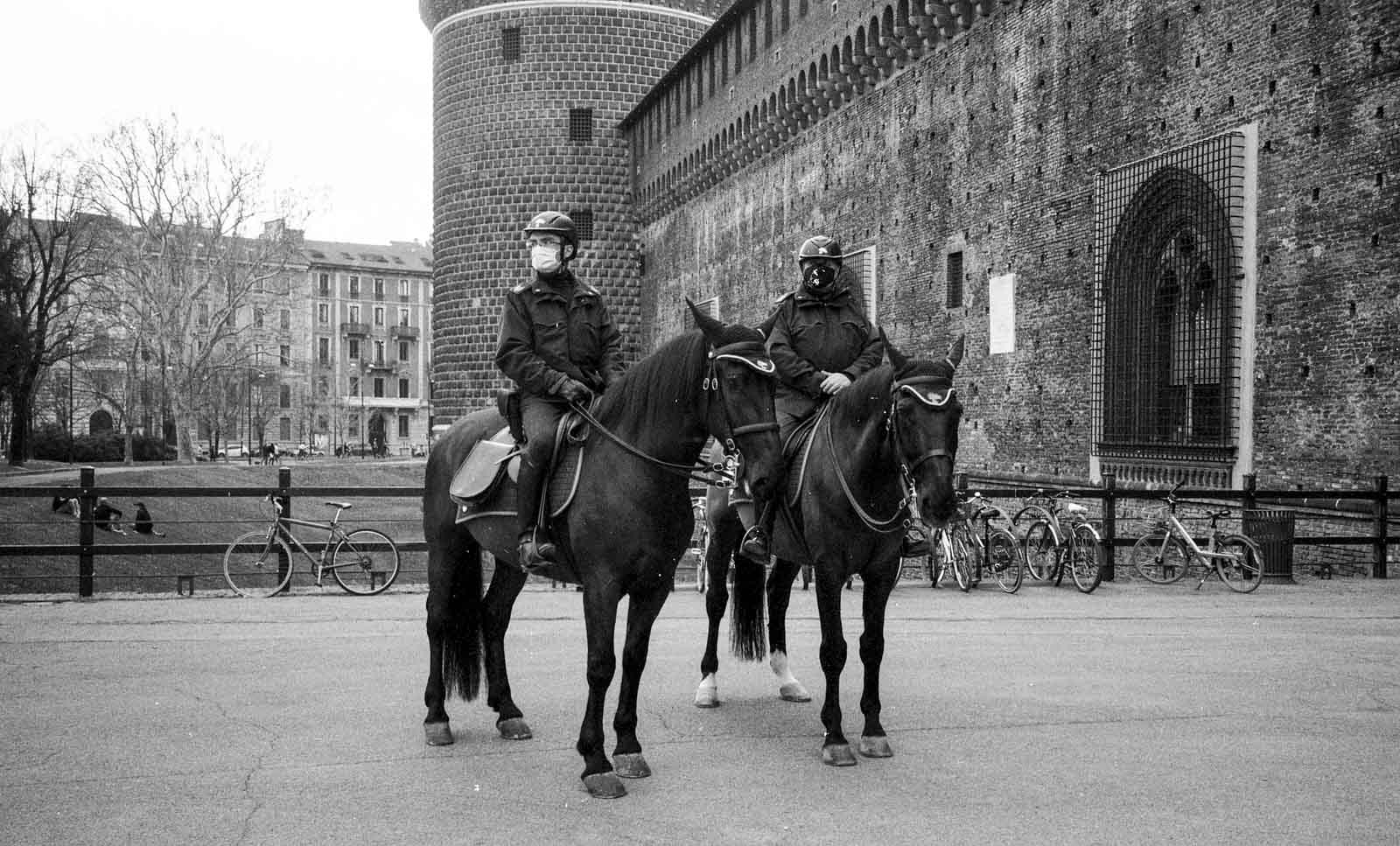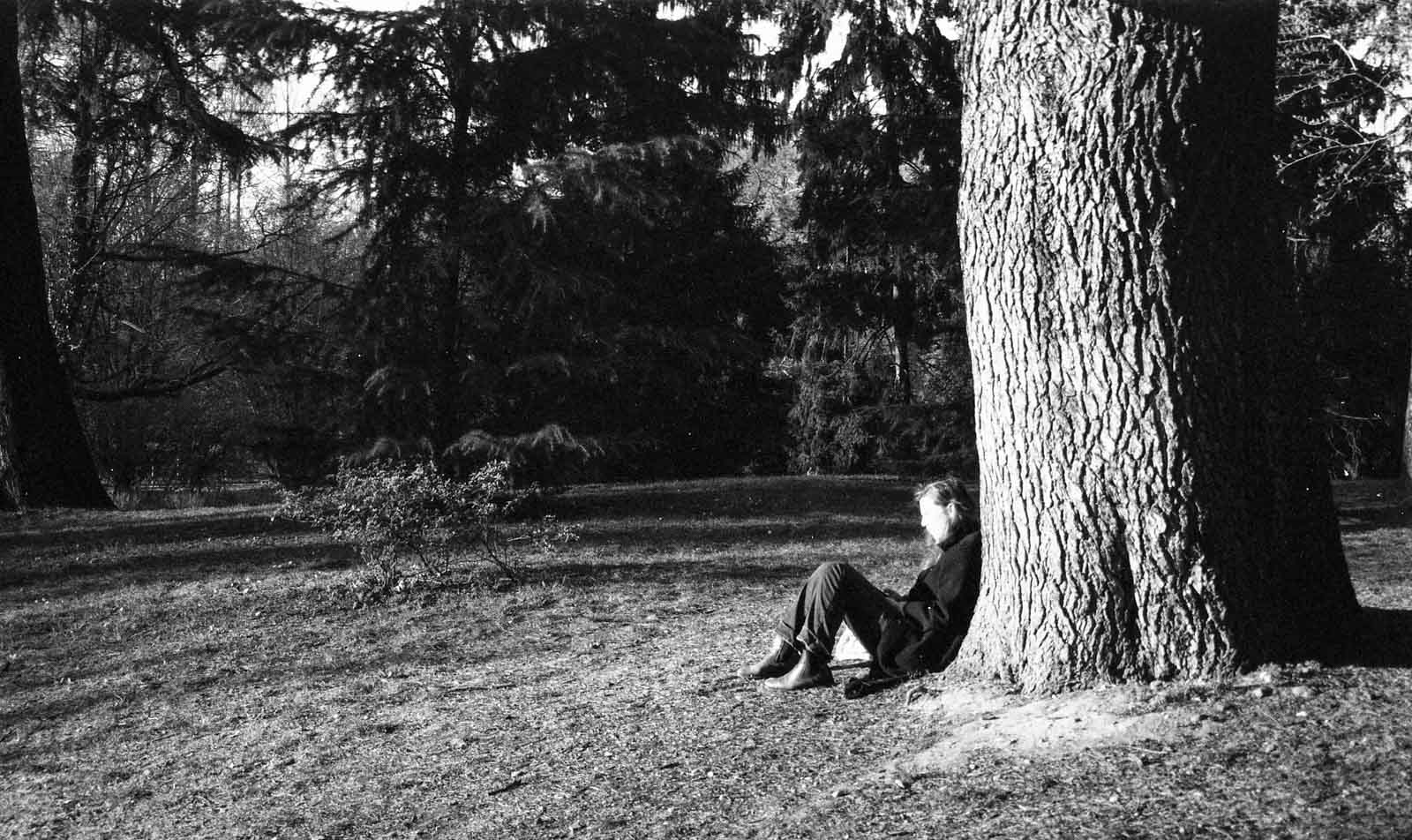TOC
The 90s were undoubtedly the golden age of point & shoots. Innovations in the optical field, as the introduction of AF and the help of electronics, have helped to create iconic camera bodies even today. Among them, there is certainly the Contax TVS. The German-Japanese brand took full advantage of this trend, producing many popular models such as the T2 and, indeed, the TVS. With the advent of digital, these camera bodies were among the first to disappear, as they were intended for those rich amateurs, who went digital before professionals. To understand this camera well, we must understand who it was intended for. This model cost $ 1,100 at release in 1994, equivalent to $ 2,000 today! It was addressing a very wealthy audience with an exclusive object with a very refined design. Today its specifications on paper can make us raise an eyebrow: the zoom has a limited range and does not seem very bright. We will therefore try to understand what this camera can offer today and if it is still used almost 27 years later!

All of the original packaging exudes luxury and the idea that you were faced with what would become a classic, not imagining the advent of digital.
What immediately catches the eye is the refined and in some ways minimal design, typical of the Contax of the period. The titanium body, very pleasant to the touch, only confirms the premium appearance of the camera. The dimensions are compact, but the body is solid with a weight of around 400g. The machine, however, is very well balanced (something uncommon in p&s) and using it the feeling is that you have something very solid in your hand and that we would perhaps expect from an SLR body. The lens must be extracted a few millimeters to activate the device; a frame in the viewfinder informs us if the machine is off at that moment. The viewfinder is quite sacrificed and although in theory, it is possible to focus by estimation manually, no one in their right mind would even try. In reality, unlike other point & shoots, the machine seems to be more professional: for example, there is the possibility of mounting filters. At the same time, the low aperture forces a constant use of the flash indoors or almost, just like a typical compact from the 90s.
The lens is probably the most important part of the TVS. Its name itself derives from the abbreviation of the name of the Tele-Vario Sonnar lens, the Zeiss name for its zooms. The focal range is quite limited and varies from 28 to 56mm. We can reasonably say that we have a wide-angle to-normal lens available. Nothing ultra-wide or particularly telephoto lens. Is it a limitation? Probably, but not insurmountable. It is a limited excursion, but similar to that of a phone today of medium photographic quality. In the 90s, that geological era before smartphones, such a focal length could be suitable for 90% of uses, and still today the lens adapts to many contexts. The maximum aperture, especially at 56mm, is only f5.6, too little for indoor use without a flash in most situations. This is a limitation compared to other cameras, just think of the recently reviewed Konica Hexar AF. At the same time, however, the wise use of the flash can still allow you to get excellent photos as the lens is very sharp.

The focal lenght is ideal for urban street photography, what you would want from a point & shoot
The sharpness of the photo is admirable, but it is not without flaws. The rendering is certainly modern and returns photos with good micro-contrast. At the same time, it seems too much in some situations, and out-of-focus rendering can be almost jittery. Generally, they are great scanned photos, but perhaps too contrasty for the silver print in the darkroom. The distortion at 28mm is quite evident especially when using the “panorama mode”. It does nothing but restrict the frame with two frames and then returns a photo where the panorama is the result of this crop. This is a nice effect, but that adds nothing to a possible crop in post-production. The autofocus, on the other hand, is fast, reliable even in low light, always as long as the subject is not moving. Net of the various observations, we are however faced with an excellent lens for a point & shoot.

The panorama mode feels a lot like a toy-camera feature 27 years later
Drawing conclusions about this machine is particularly difficult. If five years ago the very low price made it amazing in the quality-price ratio, today things are getting more complicated. It is a luxury compact that can reach 500 € without problems and whose price becomes increasingly difficult to justify. The optical quality is excellent, probably among the best of a point & shoot zoom, but never as excellent as the aforementioned Hexar in the right conditions. The zoom, however limiting and limited, offers a very valid ally in many situations, guaranteeing a good versatility all in all.
My advice is to consider this machine for what it was when it was produced and to use it accordingly. A luxury point & shoot for rich kids, ideal for short trips and outdoor situations. It may not return excellent images all the time, but it will always guarantee excellent optical quality. I was able to use it in the city for a while on the street and I was pleasantly surprised by the quality of the photos: sharp contrasted and with a strong personality. Certainly, we are facing the top 5% of point and shoots ever produced, but one has to reflect if at that price there are no better solutions among other Contax or Konica. But if the wallet isn’t an issue, then this machine stays true to its original promises. It thus confirms itself as a cool accessory to keep in your pocket all the time and capable of capturing the photos we encounter along our path.
Personally, however, in a world where the film has become very expensive again, I would recommend instead the Contax TVS Digital. This is the digital model with a super 16mm sensor produced 10 years later by Kyocera. In a compact and equally attractive body, a first-generation CCD sensor is still capable of returning excellent images in similar conditions. These are obviously two different devices, but which we will shortly compare in use and draw some conclusions on what shooting on film today means for us … stay tuned!


